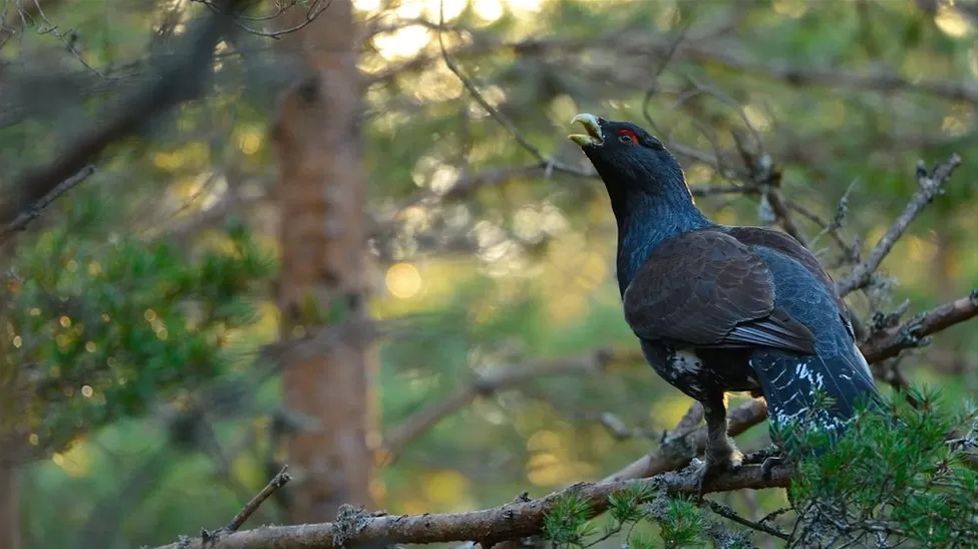Even if in North America the Finnish Spitz is more considered as a family pet, it’s good to remember that he was originally bred as a hunting dog.
In Finland a Finnish Spitz can pretend to a conformation championship title without first prove his hunting abilities in a field trial and, on the other hand, can not get a hunting championship until it proves itself in the show ring.
In Scandinavia, barking competitions are held for the King of the Barkers. Finnish Spitz have been recorded as barking 160 times per minute in competitions.
Although if the Finnish Spitz is now principally used to hunt the capercaillie and the black goose, he is also use to hunt elk, small games or even bear.
When hunting the Capercaillie, the Finnish Spitz is trained to search and follow the bird until it settle in a tree. The dog will search for the game at a distance of 200 to 400 yard from his master and will return to him every 5 to 15 minutes or so.
When finding the bird, the Finnish Spitz will start to bark softly under the tree, informing his owner that he have found the bird. The dog will catch the bird attention by barking and wagging his light and fluffy tail, giving the bird the false idea of security on his perch. The dog barking will gradually become louder and faster, masking the hunter approach. The bird generally doesn’t notice the hunter approaching because of the noise and action of the dog.
f the bird flies away before the hunter get the chance to gain position to shoot, the dog will cease barking immediately and will track it back until the bird find a new refuge.
After what the same procedure will start again.

Photo credit : Ben Andrew, RSPB

